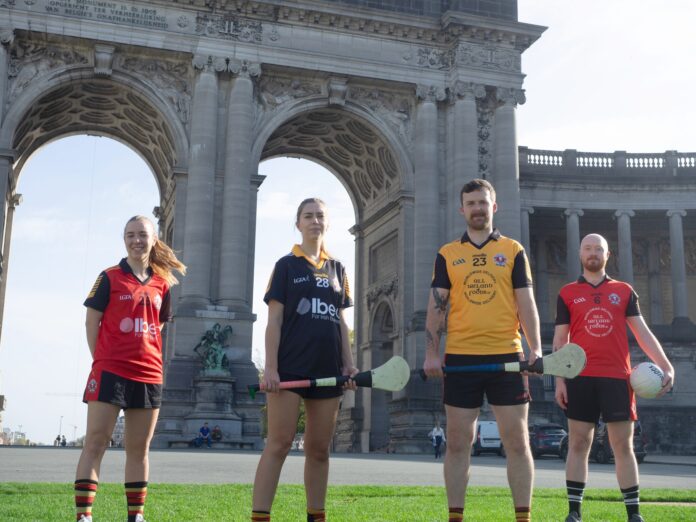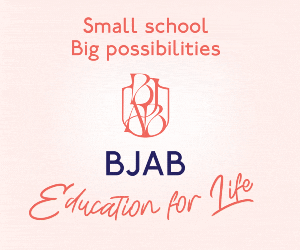Looking for a new team sport? One that involves multiple skills? Then Gaelic sports could be for you. Together met with Seán Ryan, the Belgium Gaelic Athletic Association (GAA) club’s PR Manager, to find out a bit more about the sport and the club.
Brussels established its first GAA club in 2003. There are now more than 100 members and the club has won over 33 European Championship titles. There are two main sports, Gaelic Football and Hurling/Camogie.
“Hurling was recognised by UNESCO as part of the world’s ‘Intangible Cultural Heritage of Humanity’ in 2018”
Hurling was recognized by UNESCO as part of the world’s “Intangible Cultural Heritage of Humanity”, in 2018. It is one of the oldest field sports in the world, dating back almost 3,000 years; it’s also thought to be the fastest field sport. It appears as early as 1272 BC in Irish mythology, in the ancient saga of Cú Chulainn, also known as ‘The Hound of Ulster’. Cú Chulainn had superhuman strength, speed and skill; qualities that come in handy in a game of hurling.
The game is played on a pitch that looks much like a rugby pitch, with two teams of 15 players. It is played with a wooden stick, a bit like a hockey stick, which is called a ‘camán’, traditionally made using ash wood – and why it’s sometimes referred to as ‘the clash of the ash’. The ball is a bit smaller than a cricket ball and is called a ‘sliotar’, pronounced shli-tar. Goals are scored by getting the ball in the back of the net à la football, or over the bar, between the poles, like a drop kick in rugby. Camogie is largely the same as hurling but played by women; there are some small differences in the rules. “It’s very hard to describe unless you actually show somebody,” admits Ryan. “It is kind of like hockey, if you brought in a bit of lacrosse, rugby and football.”
As for Gaelic football, Ryan says: “It’s kind of a mixture between football, as in soccer, rugby, Australian rules football and there’s a little bit of basketball as well. It’s a mixture, but there’s really no point in saying what it is, or what it’s kind of like, because it’s distinctly its own thing.”
Ryan explains that they have recruited a number of new players by people just walking past when they are training and stopping and trying to understand what was going on. The games’ appeal goes well beyond Brussels’ Irish community: “The last time I checked we have 20-plus nationalities,” says Ryan. The ladies football team has done particularly well, reaching the All-Ireland junior club championship quarter-final against Ulser champions, Castleblayney Faughs. The match was covered in The Irish Times, who wrote that the Ulster team felt like they were taking on the UN. The team included players from Argentina, Belgium, Brazil, Colombia, South Africa, Spain and Sweden. As a famous GAA sports commentator, Micheál Ó Muircheartaigh, might say, none of these are renowned hurling counties.
“The last time I checked we have 20-plus nationalities in the club”
GAA sports seem to be gaining in popularity across the world, but particularly in Europe. According to the Gaelic Games Europe website (www.gaelicgameseurope.com) there are also teams in: Austria, Czech Republic, Denmark, Finland, France, Germany, Italy, Luxembourg, Netherlands, Norway, Poland, Portugal, Romania, Russia, Slovakia, Spain, Switzerland and Sweden.
So the question I ask myself is: If curling is an Olympic sport, why not hurling? According to the Olympic Charter, to become an Olympic sport you must be practiced in at least 75 countries and on four continents; and, by women in no fewer than 40 countries on three continents. Curling aside, if synchronized divers and swimmers, BMX freestylers, skateboarders, breakdancers and surfers can reach this threshold, surely the noble and ancient sport of hurling deserves its place in the sun?
“GAA sports seem to be gaining in popularity across the world, but particularly in Europe”
In the meantime, the club is on a recruitment drive for 2023. Ryan encourages everyone to join and is often contacted by Irish people who used to play, but who haven’t been on the pitch for quite some time: “I get emails from people who want to join, but who say that they haven’t played since they were at school, or in the last five years. I always say don’t be worried. Then there are the newcomers, often they can take their skills from other games like soccer, handball or even basketball and then be trained in the new skills. We’re lucky because we’re one of the biggest clubs in Europe, we always have two teams, that’s a thing that we pride ourselves on. That means that even if you are a newcomer, or if you haven’t played in years, we have a second team, so you will always get a game.”
To learn more about about training times and how to join go to the Craobh Rua website: www.belgium-gaa.be
Craobh Rua are sponsored by:
www.allirelandfoods.ie – 100% Irish produce, for those who are missing the taste of home.
www.ibec.ie – Ireland’s largest business representative group
www.containment.ie – Cork based global leaders in designing, manufacturing and installing of flexible containment systems







